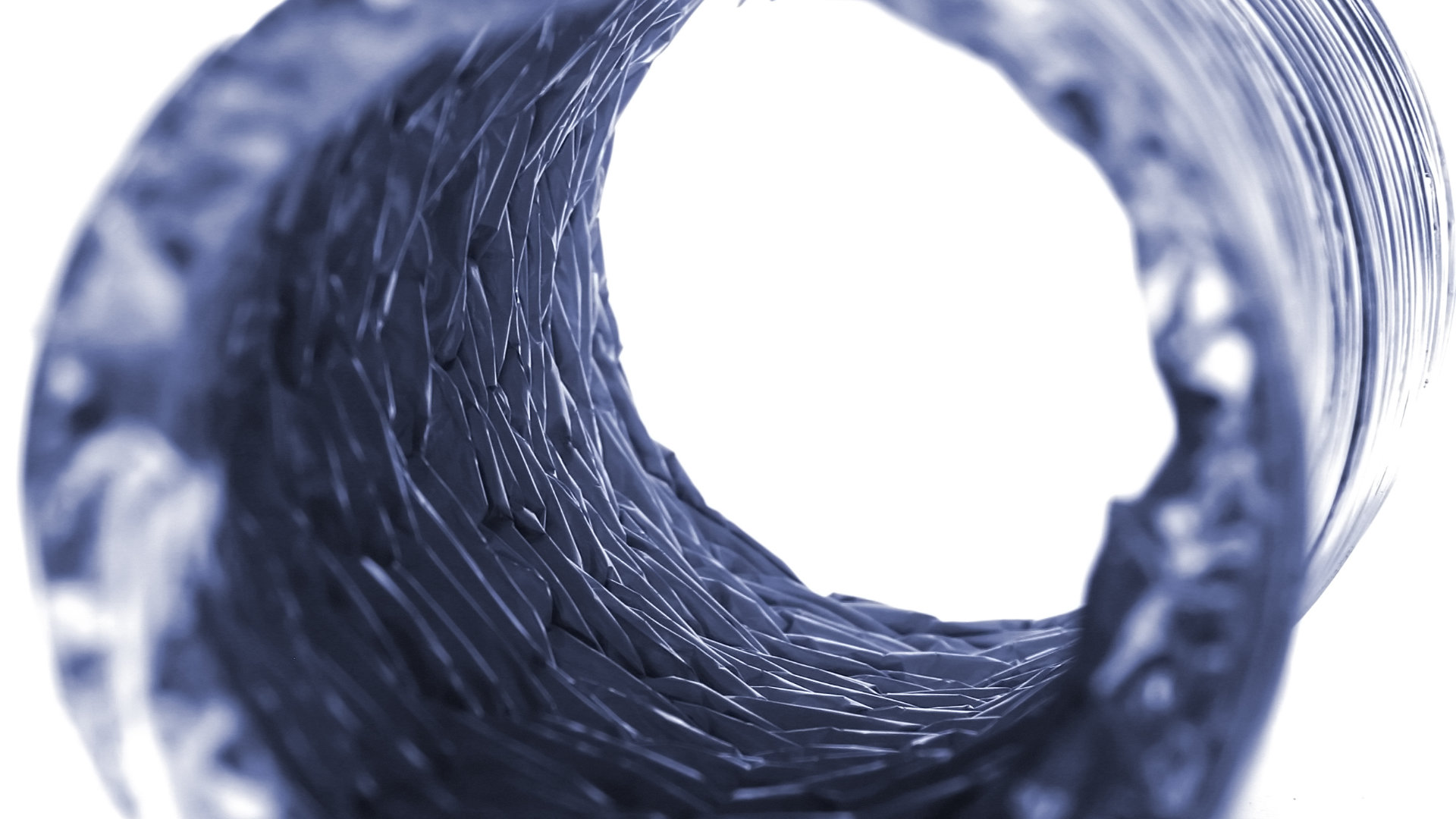
Nothing spoils a day quicker than opening up the refrigerator to find that the gallon of milk you put in there yesterday is a milk slushie when pouring over your cereal. Frozen food is for the freezer, but if the right conditions are met, it may also be for the fresh food section of your refrigerator whether you like it or not. If you are sick of having to defrost dairy or shuck the ice off your fresh vegetables only to find them unfortunately wilted, you will want to look into these causes of food freezing over in the fresh food section of your refrigerator.
The Refrigerator Thermostat is Set Too Low
Your fresh food section has a separate thermostat that controls the temperature in that area. The temperature in the fresh food section usually needs to be more flexible depending on what you have stored in there. Some items like it colder than others. However, the issue is that you can technically turn it down enough so that items, or at least items by the vent, start to freeze.
Often, this can happen by accident when you are loading the refrigerator up or cleaning it since the adjuster is just a dial. Typically this dial comes with “Cold”, “Colder”, and “Coldest” settings that are incredibly vague. A good rule of thumb is to try turning it to the “Cold” setting if you are having this issue and see if it resolves your frozen food problem. A nice extra bonus is that you will now see some lower energy bills if kept on that setting as well.
Faulty Door Gasket
You may know about the flexible plastic gasket that runs around the exterior of the refrigerator door. It forms an airtight seal to keep cold air in and warm air out. If it fails, you may see condensation inside your refrigerator and notice it is running all the time as cold air is leaking out and warm air is getting in.
Unfortunately, the lesser expected downside of having a faulty seal on your refrigerator is that, because the unit is running more often, food near the vents will get very cold. It becomes likely that it will freeze as the refrigerator tries to maintain the set temperature while also hemorrhaging cold air.
A temporary solution is to move food away from this area, but you will ultimately need to replace the door seal. If you continue to ignore it, your energy bills will soar and eventually, your refrigerator will wear out prematurely because it was constantly running.
The Condenser Coils Are Dirty
Similar to the problem caused by a faulty door seal above, the same can happen if your condenser coils get too dirty. The condenser coils located on the back or bottom of your refrigerator are charged with dissipating heat from inside the unit. However, a coat of dust or pet hair acts as an insulator on these coils. This makes it so the condenser coils have to work harder in order to get rid of heat.
While this definitely sounds like bad news for your energy bills. It can also have the effect of overcooling the interior of your refrigerator. Usually, if you catch it after the refrigerator is finished running a cycle, you will find frozen food. If left for a while that food will thaw out quickly.
The condenser coils, however, are really easy to clean. It only usually requires pulling out your refrigerator to reach the back. You may have to remove a protective grate first, but you can blow or brush off dust and pet hair easily. Just be sure to use a gentle touch when brushing them so as to not damage the coils and cause an even more serious problem.
The Thermostat is Malfunctioning
If you have tried adjusting the temperature dial in your refrigerator and all the above causes check out, you may have an actual problem. The thermostat may be malfunctioning. This part is designed to trigger the cooling cycle when the refrigerator drops below a certain temperature. However, when malfunctioning it can both fail to trigger – resulting in no cooling – or trigger too much – resulting in overcooling and frozen food.
The location of the thermostat varies. On the side by side units, it will be on the back of the unit while over-under units will have it on the bottom. Your owner’s manual will help you discern where exactly yours is located. It will be covered by a protective panel, connected by a wire harness, and mounted to the evaporator tube. You can unmount it and unplug it from the wire harnesses in order to replace it or conclusively test it for faults with a multimeter.
A Faulty Damper
For those unfamiliar with the function, a portion of the cold air in your refrigerator will actually come from the freezer. In order to control how much cold air is let in from the freezer unit that needs to run longer to reach a colder temperature, there will be a damper in the vent between them. Similar to a damper in your fireplace, this part seals the vent so excess cold air doesn’t come in from the freezer section after the refrigerator reaches its optimum temperature.
Unfortunately, if the damper is malfunctioning, it can let more cold air in and effectively turn a refrigerator in a freezer. You may also notice a side effect of less frozen food in your freezer as the cycle may shut off prematurely.
The most problematic thing about a malfunctioning damper is that, unlike a thermostat, you will have to perform some significant disassembly to your refrigerator to reach it. When it comes to popping off the protective covers in your freezer or refrigerator, something you need to do to reach the damper, you may feel more comfortable leaving it to a professional. By seeking a practiced hand, you can make sure the covers aren’t accidentally cracked and the problem gets fixed up correctly so you don’t need any second tries.

Your Guide to Whirlpool Microwave Replacement Parts

What to Do When Your Kenmore Dryer Won’t Start

How to Resolve the LG Washer LE Error Code

Why Does My Oven Smell Like Gas? Causes and What to Do

Maytag Dryer Not Heating? Here’s How to Fix It

6 Common Reasons Your Speed Queen Dryer Isn’t Heating

8 Reasons Your Samsung Refrigerator Is Not Cooling

9 Most Reliable Washer and Dryer Brands

How to Get Ink out of Your Dryer the Easy Way

Why Is My Fridge Making Noise That Stops When the Door Is Open?

Frigidaire Refrigerator Error Code H1: Causes & Solutions

How to Clean a Dryer Vent Without Moving the Dryer

9 Reasons Your LG Refrigerator Isn’t Cooling

LG Refrigerator Not Making Ice? Here’s What To Do!


